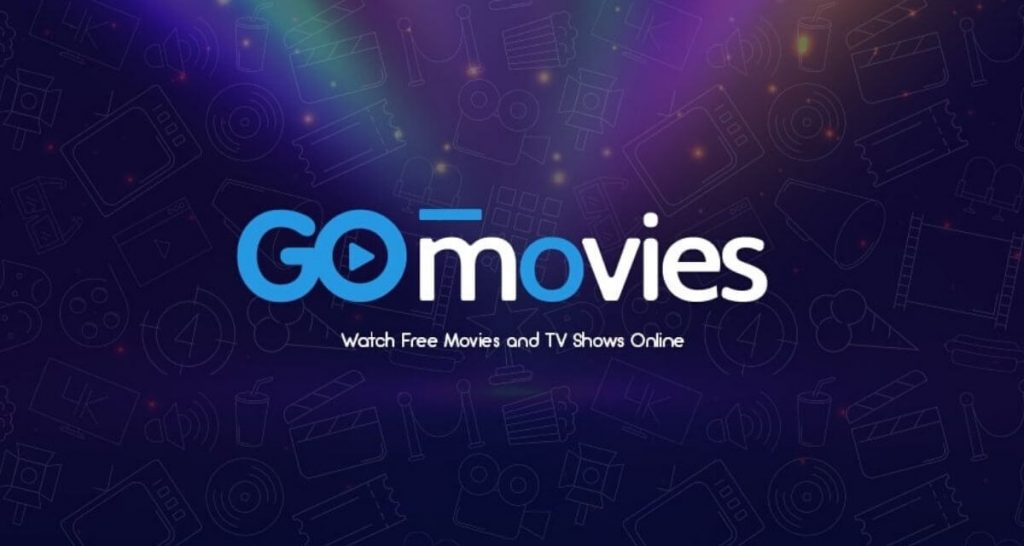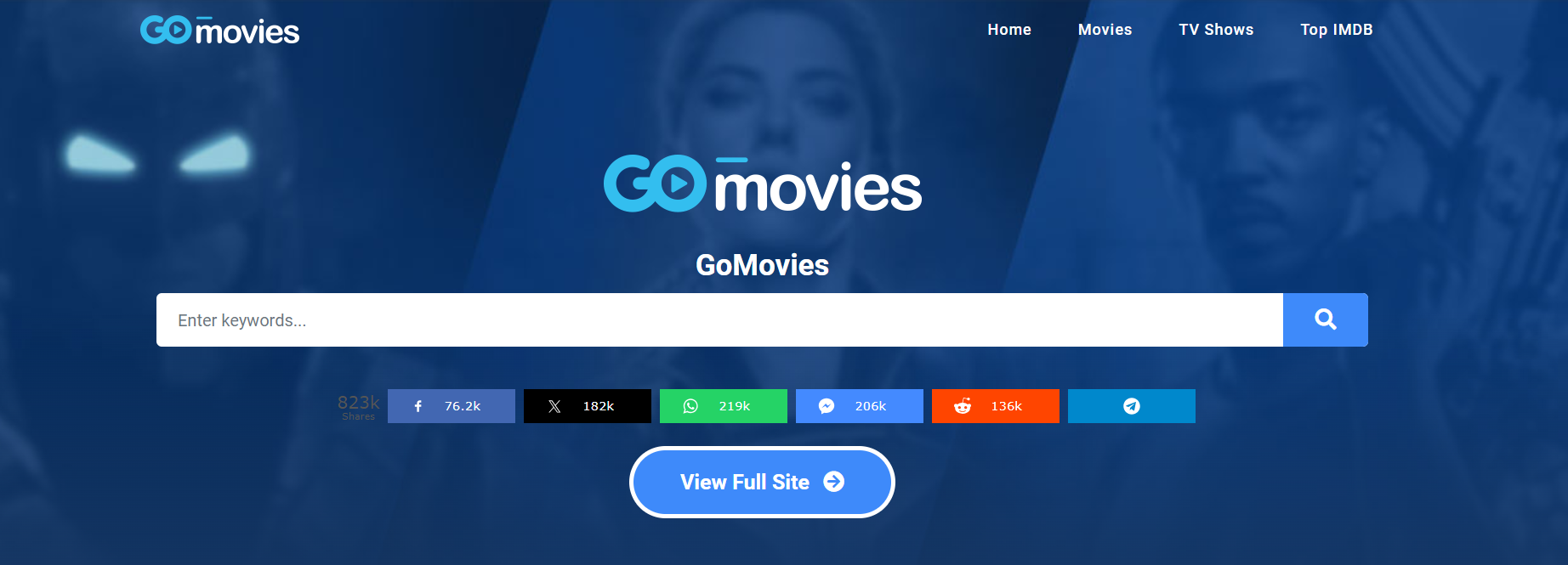Is the golden age of cinema truly behind us, or are we simply experiencing it in a new, digitized form? The rise of streaming platforms has irrevocably altered the entertainment landscape, offering unprecedented access to a vast library of films and television shows, anytime, anywhere. This shift has not been without its complexities, raising questions about accessibility, affordability, and the very nature of film consumption in the 21st century.
The convenience of streaming is undeniable. No longer confined to rigid broadcast schedules or the limited stock of local video rental stores, viewers now curate their own cinematic experiences, choosing from a global buffet of content. This democratization of entertainment has opened doors for independent filmmakers and international productions to reach wider audiences than ever before. Services like JustWatch, which aggregate content across numerous platforms, further simplify the process, allowing users to quickly locate their desired films and shows regardless of their streaming subscriptions.
| Bio Data & Personal Information | Career & Professional Information |
|---|---|
Read also:
|
|
Doug Liman on IMDb
From established giants like Netflix, Disney+, and Amazon Prime Video, offering a mix of original productions and licensed content, to free streaming platforms like GoMovies and GoStream, catering to budget-conscious viewers, the choices are seemingly endless. This abundance, however, comes with its own set of challenges. Navigating the fragmented streaming landscape can be overwhelming, with users often subscribing to multiple services to access the content they want. Furthermore, the allure of "free" streaming options often leads viewers into a legal gray area, raising concerns about copyright infringement and the ethical implications of accessing unauthorized content.
Read also:Cole Prevost Dog Abuse Case Updates
The quality and accessibility of streaming services also vary widely. While premium platforms boast high-definition streaming and compatibility across multiple devices, free services often compromise on quality and may be plagued by intrusive advertising or buffering issues. This disparity creates a digital divide, with access to high-quality entertainment becoming a privilege rather than a right. The constant influx of new releases and the vast back catalogs of older films can also lead to a sense of "choice overload," making it difficult for viewers to decide what to watch.
Consider the 1999 film "Go," a fast-paced crime comedy directed by Doug Liman. The film's interwoven storylines and dynamic characters, featuring actors like Katie Holmes, Sarah Polley, and Scott Wolf, offer a glimpse into the pre-streaming era, when discovering a film like this might have involved a trip to the video store or reliance on word-of-mouth recommendations. Today, "Go" and countless other films are readily available at our fingertips, transforming the way we discover and consume cinematic narratives.
The rise of streaming also impacts the film industry itself. While streaming services have provided new avenues for distribution and funding, they have also disrupted traditional theatrical release models and challenged the established hierarchy of Hollywood studios. The emphasis on data analytics and viewer engagement has further influenced content creation, with streaming services often prioritizing projects that align with audience preferences and viewing habits.
Furthermore, the accessibility of movies online has broadened the definition of what constitutes "cinema." From independent short films to international blockbusters, the boundaries between film and television are increasingly blurred. Streaming platforms have become curators of global culture, exposing viewers to diverse perspectives and storytelling traditions from around the world. The rise of anime and foreign language content on streaming platforms is a testament to this evolving landscape.
The evolution of streaming technology continues to shape the future of entertainment. From 4K resolution and HDR to interactive storytelling and virtual reality experiences, the possibilities are constantly expanding. As we move forward, it is crucial to address the challenges of accessibility and affordability, ensuring that the benefits of this digital revolution are shared by all. The future of cinema may be streaming, but its success hinges on creating a sustainable and equitable ecosystem for both creators and consumers.
The conversation surrounding free streaming platforms, like GoMovies and GoStream, raises important questions about intellectual property and the ethical consumption of media. While these platforms offer convenient access to a vast library of content, they often operate in legal gray areas, raising concerns about copyright infringement. The debate between accessibility and legality is ongoing, and its resolution will likely shape the future of online entertainment.
Services like JustWatch, which provide a comprehensive guide to streaming options, play a vital role in this evolving landscape. By aggregating content from various platforms, JustWatch empowers viewers to make informed choices about where and how they consume entertainment, navigating the complexities of the streaming world with ease. The ability to filter by genre, actor, director, or even streaming service subscription further simplifies the process, allowing users to curate their own personalized viewing experiences.
The digitization of cinema has undoubtedly transformed the way we experience movies and TV shows. While the convenience and accessibility of streaming are undeniable benefits, the challenges of navigating a fragmented landscape and addressing issues of legality and affordability remain. The future of entertainment hinges on striking a balance between innovation and accessibility, ensuring that the magic of cinema continues to thrive in the digital age.


